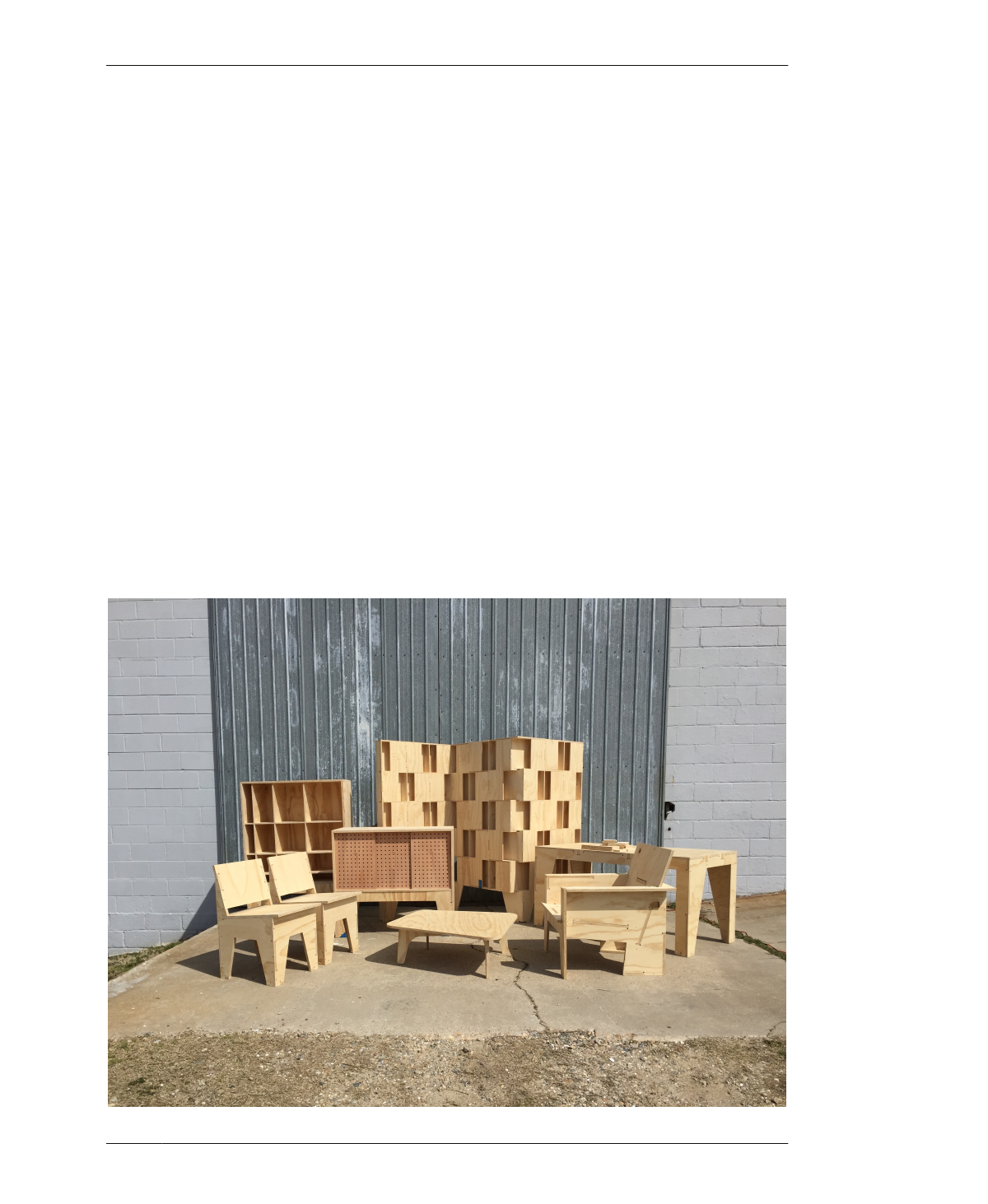
PUTTING IT ALL TOGETHER
project file, they’re also perfect for ironing out
machine settings.
If your cuts have a rough surface finish or your
bit broke halfway through cutting a part,
double-check your CAM settings first, espe-
cially the number of zeros (speeds) and the
decimal points (feeds). Chapter 7 will explain
how to import a design file and create toolpaths
in a CAM program.
After checking the numbers, or if you’re using
the CAM defaults, here are some tips on how to
dial in your feeds and speeds using chip load as
a guide.
Check Your Chips
After cutting a test piece, take a look at your
chips. As shown in Figure 6-13, well-formed
chips often have a curl to them. If they look like
fine dust, then they’re too small, and your feed
rate was too fast.
Feed a Screaming Bit
If the machine emits a loud, high-pitched noise,
or scream, as it cuts through the material, it is
“hungry”; feed it by increasing the feed rate.
Cool Tool Test
A tool with a feed rate that is too fast will be
warm—or even hot—to the touch. After cutting
a part, wait for the machine to come to a com-
plete stop. Tools can get hot enough to burn
you, so touch the bottom of the spindle first. If
the spindle isn’t noticeably hot, touch the tool
shank. If the tool is at room temperature, then
your feeds and speeds are properly dissipating
heat.
Bracketing the Feed Rate
When you’re having trouble dialing in your set-
tings, always adjust your feed rate first. A pro-
cess that can help is similar to bracketing in
photography. Keeping the speed the same,
increase the feed rate until the part finish
FIGURE 6-14
AtFab furniture projects
machined by Bill Young,
assembled and photo-
graphed by Gary Rohr-
bacher
06/MACHINING FOR DESIGNERS
161
